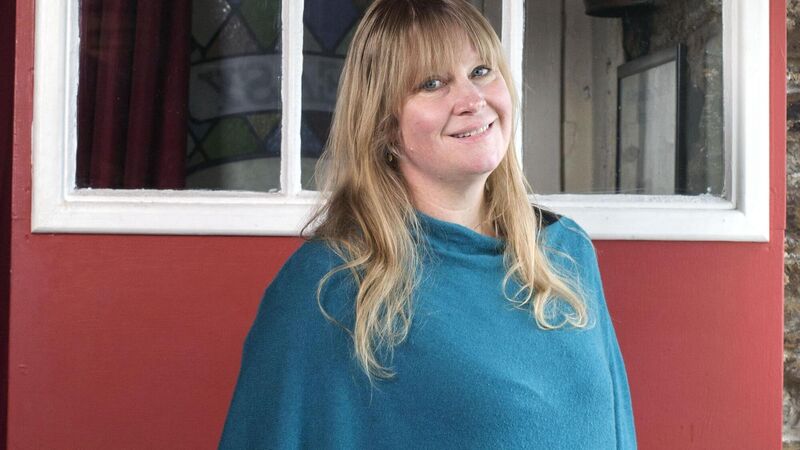Caitlin Ruth: Pickling to tickle your taste buds

Chef Caitlin Ruth is an advocate of home-pickled food, which was part of her childhood diet. Picture: Clare Keogh
Try from €1.50 / week
SUBSCRIBE
Chef Caitlin Ruth is an advocate of home-pickled food, which was part of her childhood diet. Picture: Clare Keogh
“Irish people love pickles, but they don’t know it.”
As far as West Cork-based chef Caitlin Ruth is concerned, everyone has their own pickle story — even if they haven’t quite realised it yet. After all, even tomato ketchup is a pickle, be it an ever so humble example.
Already a subscriber? Sign in
You have reached your article limit.
Annual €130 €80
Best value
Monthly €12€6 / month
Introductory offers for new customers. Annual billed once for first year. Renews at €130. Monthly initial discount (first 3 months) billed monthly, then €12 a month. Ts&Cs apply.
Newsletter
Feast on delicious recipes and eat your way across the island with the best reviews from our award-winning food writers.
Newsletter
The best food, health, entertainment and lifestyle content from the Irish Examiner, direct to your inbox.
© Examiner Echo Group Limited